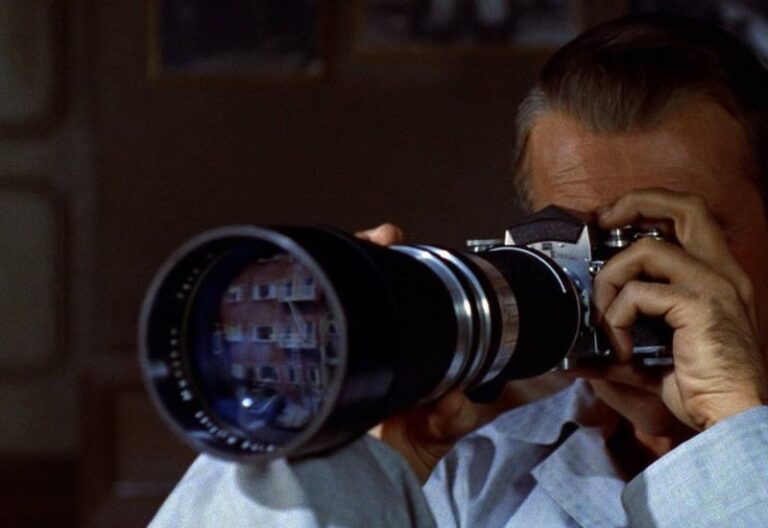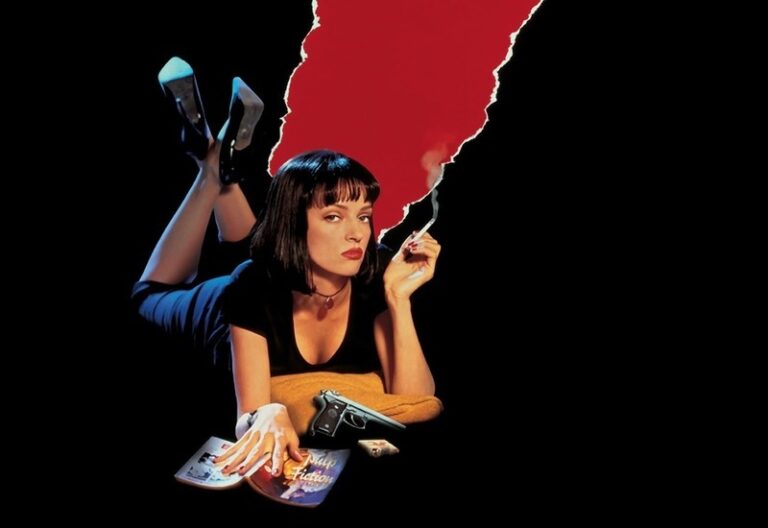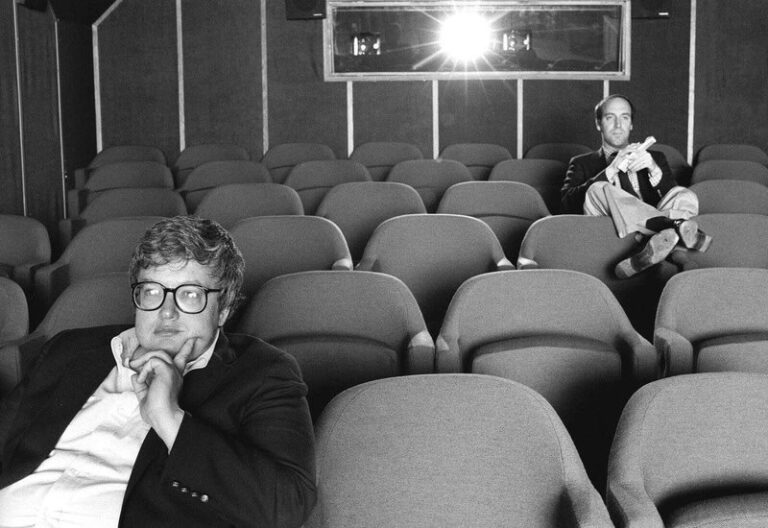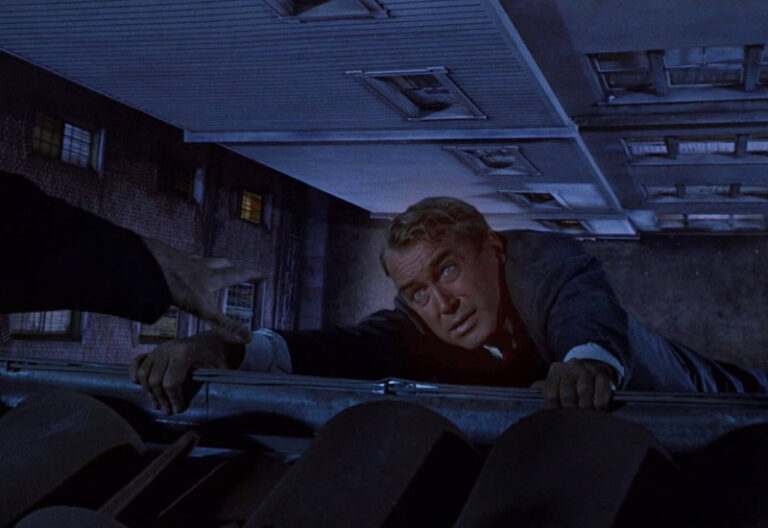structuralist film theory
Structuralist film theory is a fascinating and important approach to cinema that emerged in the mid-20th century. Based on linguistic and anthropological structuralism, this theory aims to analyze films based on their underlying structures rather than solely focusing on the narrative. By examining the codes, signs, and conventions that shape cinematic meaning, structuralist theorists argue that films are not just artistic expressions but systems of signs that can be decoded using a scientific and systematic approach.
Published by: CinemaWaves Team | Filed Under: Film Blog
Origins of Structuralism
Structuralist film theory was heavily influenced by the broader structuralist movement, which originated in the fields of linguistics and anthropology. One of the most significant figures in this movement was Swiss linguist Ferdinand de Saussure, who argued that language is a system of signs, each consisting of a signifier (the word or image) and a signified (the concept it represents). His ideas laid the foundation for semiotics, the study of signs and symbols, which became crucial to film analysis.
Another key influence was Claude Levi-Strauss, a French anthropologist who applied structuralist ideas to the study of myths and cultural narratives. He suggested that myths share common structures across different cultures, revealing universal patterns in human thought. These ideas soon found their way into film theory, as scholars began to explore how films, like myths, rely on deep-seated structural conventions.
Structuralism in Film
Structuralist film theory applies these linguistic and anthropological principles to cinema, treating films as systems of signs that communicate meaning through established structures. Rather than viewing a film as a unique artistic creation, structuralist theorists analyze how it conforms to or subverts underlying cinematic codes. These include narrative structures, genre conventions, editing techniques, and visual symbolism. By identifying recurring patterns—such as binary oppositions (good vs. evil, civilization vs. wilderness) or archetypal character roles—structuralist critics uncover the universal frameworks that shape storytelling across different films and cultures.
One of the most influential structuralist film theorists, Christian Metz, extended Saussure’s linguistic theories to cinema, arguing that films function as a “language” with their own grammar and syntax. He identified various cinematic signs, such as camera movements, montage techniques, and mise-en-scène, which contribute to meaning in a structured way. For example, a close-up shot often signifies intimacy or emotional intensity, while a fade to black suggests the passage of time or finality. Through this systematic approach, structuralist film theory provides a deeper understanding of how meaning is constructed in cinema, making it a valuable tool for film analysis.
Another significant figure in structuralist film theory is Peter Wollen, whose book “Signs and Meaning in the Cinema” (1969) was instrumental in introducing semiotic film analysis to a broader audience. Wollen built upon Metz’s ideas but also incorporated insights from Russian formalism and the work of Soviet filmmakers like Sergei Eisenstein. He argued that films should be understood as texts composed of signs that function within structured systems of meaning. Wollen also highlighted the distinction between authorial intent and structural meaning, suggesting that films contain layers of meaning beyond what the filmmaker consciously intended.

Post-Structuralism
Rather than viewing films as closed systems governed by universal rules, post-structuralism emphasizes ambiguity, subjectivity, and the role of the viewer in constructing meaning. Theorists like Jacques Derrida and Roland Barthes played a key role in the shift toward post-structuralism. Derrida’s concept of deconstruction questioned the idea of fixed binary oppositions (such as good vs. evil) by showing how these categories are unstable and dependent on context.
Barthes, in his essay “The Death of the Author,“ argued that meaning is not solely determined by the filmmaker but is instead created through the interaction between the text and the audience. In film studies, this led to new approaches that focused on ideological critique, psychoanalysis, and feminist perspectives.
Post-structuralism laid the groundwork for critical film theories such as psychoanalytic film theory, which explores the subconscious desires and anxieties embedded in cinematic texts, and feminist film theory, which examines how films reinforce or challenge gender roles. Directors like Jean-Luc Godard and David Lynch embraced post-structuralist ideas by deliberately disrupting conventional narrative structures, leaving films open to multiple interpretations.

Examples of Structuralist
Film Theory
“The Searchers” (1956) by John Ford: This classic Western has been analyzed by structuralists for its reliance on genre conventions and narrative structures. The Searchers reflects the structural opposition between civilization and the wilderness, settlers and Native Americans, and law versus chaos. These binary oppositions reveal the film’s underlying mythic structure, connecting it to broader patterns in storytelling traditions.
“Psycho” (1960) by Alfred Hitchcock: Often examined through structuralist film theory due to its use of binary oppositions—good vs. evil, sanity vs. madness, male vs. female. Structuralists have studied how Hitchcock constructs meaning through editing techniques (such as the famous shower scene), camera angles, and visual motifs that establish a clear but underlying structure governing the film’s psychological and narrative effects.
“Breathless” (1960) by Jean-Luc Godard: A pivotal film of the French New Wave, Breathless plays with the structural elements of cinema by disrupting traditional continuity editing (such as jump cuts) and challenging conventional storytelling norms. Structuralists have examined how Godard deconstructs the language of film itself, drawing attention to the medium’s codes and conventions.
“2001: A Space Odyssey” (1968) by Stanley Kubrick: Kubrick’s masterpiece is commonly examined for its use of visual semiotics. The monolith, a recurring symbol in the film, has been interpreted as a structuralist signifier, representing knowledge, evolution, or divine intervention. Theorists have also studied how the film deconstructs traditional narrative structures, relying on visual storytelling rather than conventional dialogue-driven exposition.
Conclusion
Structuralist film theory remains a crucial framework for understanding how films generate meaning. By focusing on underlying structures—whether narrative, visual, or semiotic—structuralist critics have provided invaluable insights into the mechanics of cinematic storytelling. Although post-structuralist and contemporary theories have expanded upon or critiqued its principles, structuralist film theory continues to influence how scholars and audiences analyze films. Whether applied to classic Hollywood cinema or avant-garde films, the structuralist approach provides a systematic way to decode the language of film and better understand the universal patterns that shape storytelling across cultures.
Refer to the main page for more educational insights on filmmaking and cinema history.
Film theory is the academic discipline that explores the nature, essence, and impact of cinema, questioning their narrative structures, cultural contexts, and psychological…
Tied to the feminist movements of the 1960s and 1970s, feminist film theory critiques the portrayal of women in film, the male gaze, and the ways in which cinematic techniques…
Apparatus theory theory was a dominant film theory during the 1970s, rooted in Marxist, psychoanalytic, and structuralist thought. It examines how the cinematic experience…
Postmodernist film emerged in the latter half of the 20th century, rooted in the broader cultural and philosophical movement of postmodernism. It started as a reaction to the…
Film criticism is an essential part of cinema, serving as a bridge between filmmakers and audiences. It focuses on analyzing, evaluating, and interpreting films, while providing…
The Vertigo Effect, also known as the “dolly zoom” or “zolly” shot, is a cinematographic technique that creates a disorienting and unsettling visual experience by…






